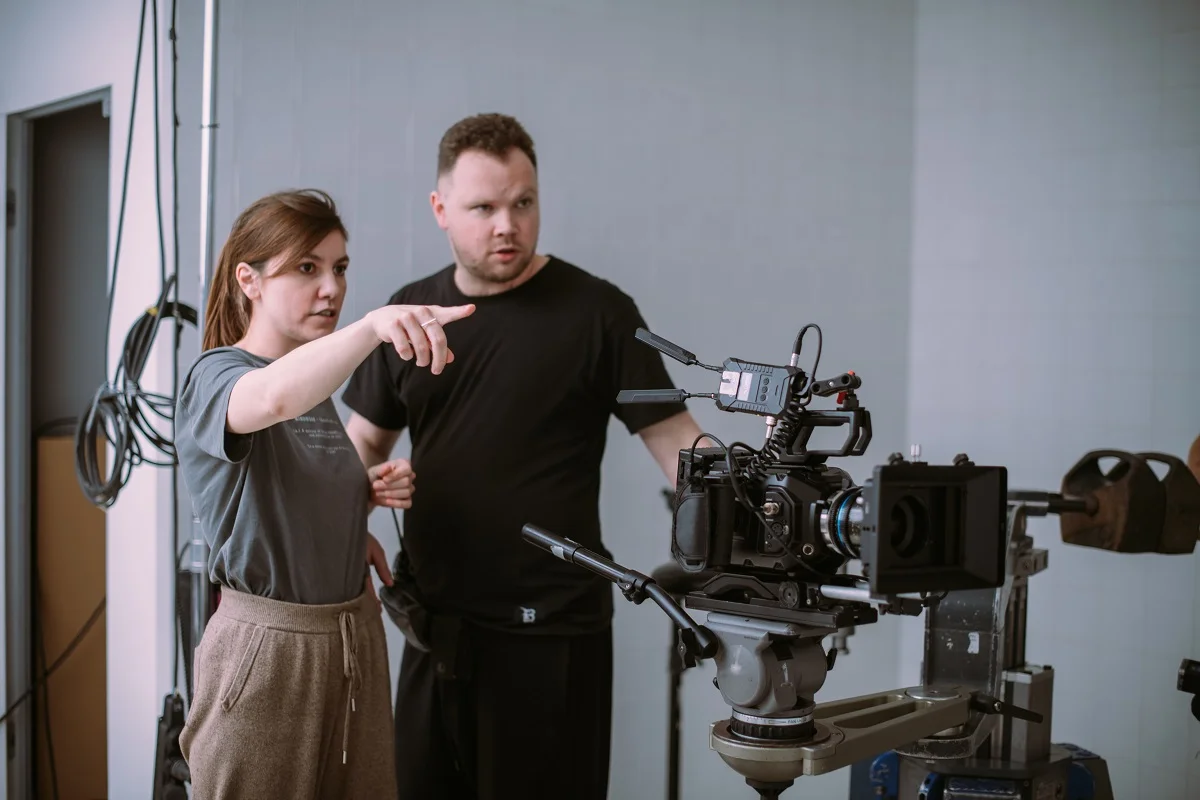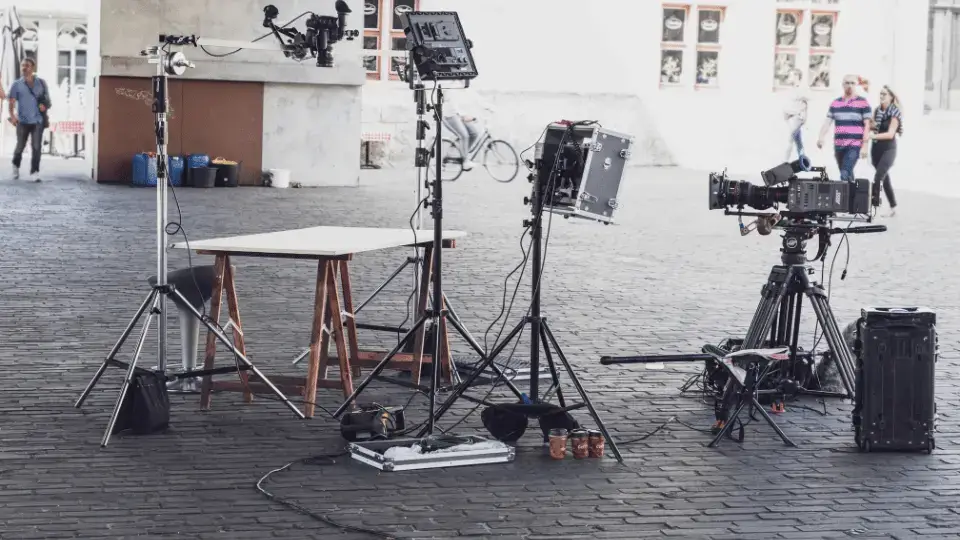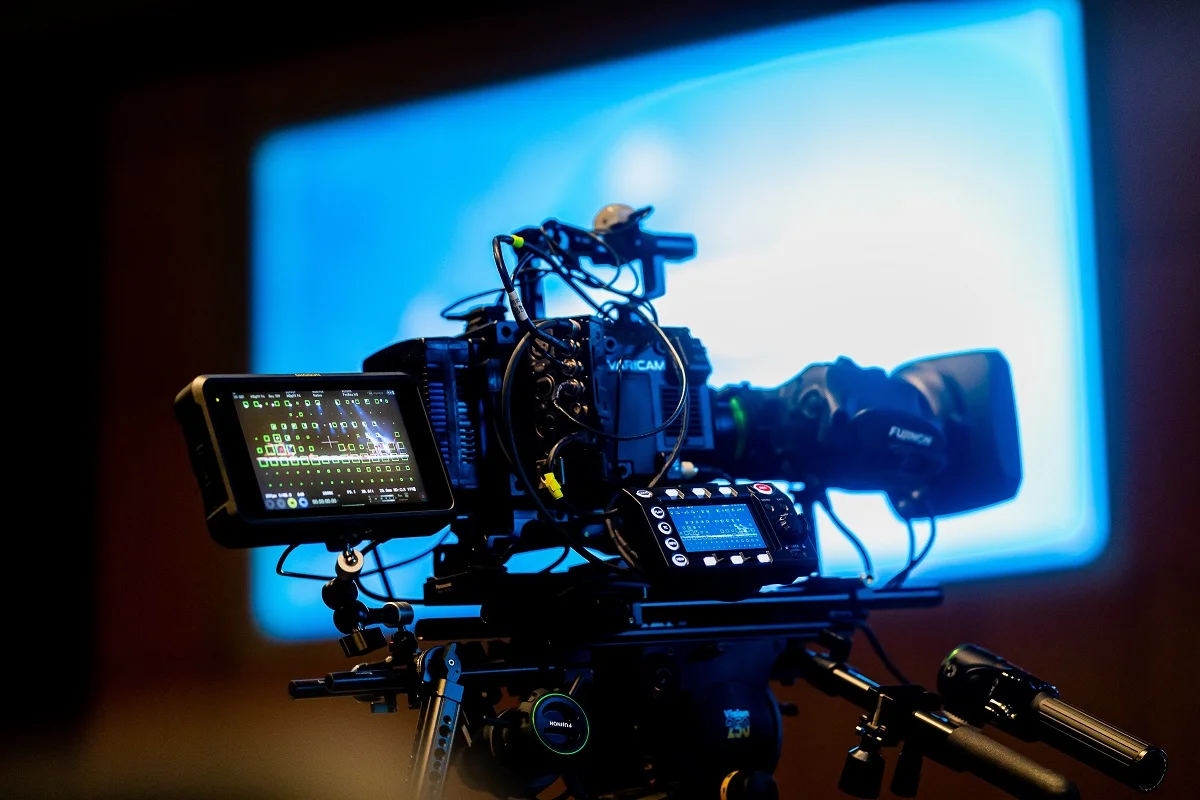The Path to Becoming a Successful TV News Producer
Learn everything about becoming a TV news producer, from required education and skills to job outlook and salary expectations. Discover the key responsibilities, necessary qualifications, and essential skills for success in this fast-paced field. Explore the opportunities available and take the necessary steps to thrive in this exciting industry.










